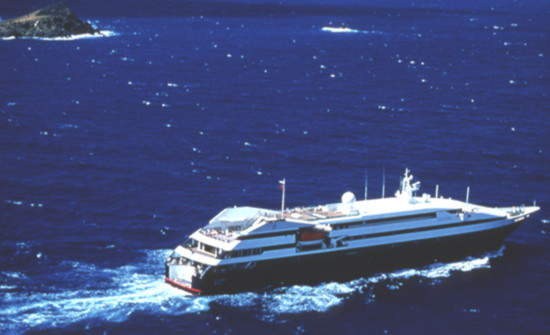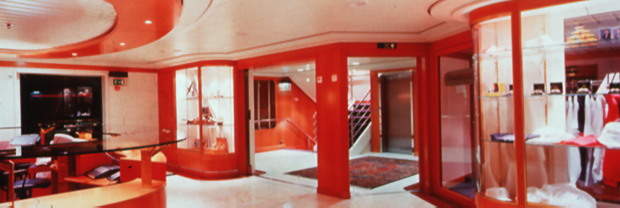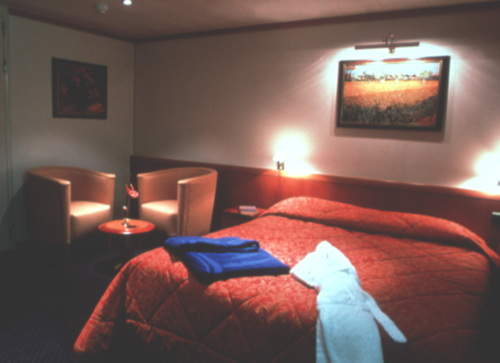French specialist cruise operator Companie des Iles du Ponant is the owner of the 3,500gt Le Levant. This small vessel with sleek lines was delivered in November 1998 from Alsthom Leroux Naval in France. She has a total capacity for only 90 passengers and her entire design has been assembled with a highly elite group of discerning cruise travellers in mind.
Companie des Iles du Ponant, which was established in the French west-coast port of Nantes, was set up in 1988 by merchant navy college students Philippe Videau and Jean-Emmanuel Sauvee, who are now chairman and managing director respectively of the company. Their first vessel, Le Ponant, was built by Societe Francaise de Construction Navale in 1990, a yard which is now defunct but which used to be based on the River Seine close to Paris.
The order for Le Levant was originally placed with Nantes-based shipbuilder and engineering group Leroux & Lotz, but in 1997 the company sold its shipbuilding business to the giant Alsthom engineering group, owner of Frances’ leading shipyard, Chantiers de l’Atlantique of Saint Nazaire. The vessel, which cost FFr200 million (US$36.5 million) was financed through a series of tax breaks available for investment in French overseas territories. As a result, she flies the French flag and is registered in the French Pacific territory of Wallis and Futuna. Unsurprisingly, she was built to meet the classification standards of the French organisation, Bureau Veritas.
DESIGN
Le Levant is slightly larger than Le Ponant. She is 100m long and has 45 cabins, whereas Le Ponant is 88m long and has a total of 32 cabins for 68 passengers. Le Levant has an ice-strengthened hull and a very shallow draught, drawing only 3.5m of water allowing her to move in close to shore, as well as to sail up inland waterways. Her other principal dimensions are: length between perpendiculars of 88.50m, extreme breadth of 13.90m, moulded breadth of 13.10m and moulded depth of 7.80m.
After her maiden voyage across the Atlantic from Rouen to Miami’s Palm Beach, she embarked on an ambitious first year cruise programme that incorporated voyages around the French Caribbean out of Martinique, French Guyana and the Amazon to Peru, the US eastern seaboard and the Saint Lawrence Seaway, Great Lakes and Hudson Bay.
Accommodation for passengers and crew ranges over five decks. There are a total of 45 cabins for 90 passengers, and space for up to 50 officers and crew. All the cabins have sea views. Most of the attending staff are French and the passenger:crew ratio is 1.8:1 – extraordinarily high for any modern-day vessel. There are numerous public spaces, although the emphasis is less on fun and play and more on the actual voyage itself and the places visited.
PROPULSION
Le Levant is powered by two Finnish-manufactured Wärtsilä 9L20 diesel engines, each developing 2,019bhp, with a total of 4,038bhp and driving controllable pitch propellers. Overall, she is registered as having a 16 knots service speed and a top cruising speed of 18 knots. Her average daily fuel oil consumption at service speed is approximately 14t/day. For manoeuvrability and stability, she is equipped with a dynamic stabilisation system which makes use of four flaps, each individually controlled by a computer, and she has a 330bhp thruster positioned in the bow.











